According to statistics, in Vietnam every year there are thousands of work accidents in the construction industry, many of which lead to permanent disability or death.
The cause often comes from non-compliance with safety regulations, lack of protective equipment, or simply due to the pressure of progress forcing workers to "risk their lives" to complete the job.
In fact, the alarming state of occupational safety in the construction industry is not just a problem of any single country.
In the United States, thousands of people die each year from accidents at construction sites; and globally, the construction industry remains one of the sectors with the highest rates of work-related accidents.
But now around the world , a new wave of technology is emerging with the potential to save thousands of lives: Artificial Intelligence (AI) specializing in safety monitoring at construction sites.
Mr. Philip Lorenzo, a technology entrepreneur in the US, when speaking at the Construction Innovation 2025 Conference at the University of California, Berkeley, frankly stated: “Everyone says "safety is the number one priority", but in reality it may not be so.
Artificial intelligence (AI) specializing in safety monitoring at construction sites is being applied by many countries (Illustration: Manh Quan).
People often look for "shortcuts" on the construction site and there is always a "tug of war" between safety and productivity.
Safety AI - Smart eyes on the construction site
Lorenzo and his team at DroneDeploy, a San Francisco-based company that specializes in digital construction modeling software, developed a tool called Safety AI.
The system analyzes images captured daily from construction sites and automatically detects violations of US Occupational Safety and Health Administration (OSHA) safety regulations, with a reported accuracy of 95%.
What's special about Safety AI is that it doesn't just simply recognize objects like ladders, hard hats or seat belts...
Instead, the system uses an advanced form of AI called a Visual Language Model (VLM), which allows it to “reason” about what’s going on in the image and draw conclusions about whether there’s a safety violation.
For example, when analyzing the use of ladders, an indispensable tool in the construction industry but one that is blamed for 24% of construction fall deaths; Safety AI not only figures out where the ladder and the person climbing are, it also asks a series of complex questions: Does the person climbing the ladder maintain three points of contact?
Or are they standing on the top step? Is the ladder positioned at a safe angle? From there, the system makes a comprehensive assessment of the safety of the activity being performed.
Does old technology still have a place?
While Safety AI represents the next wave of AI, many other companies in the construction industry still rely on traditional methods.
“Old computer vision” is still more reliable because it combines machine capabilities with human intervention when dealing with unusual cases, said Izhak Paz, CEO of Jerusalem-based Safeguard AI.
AI can warn of dangers on construction sites, ensuring the safety of workers (Photo: Dreamstime).
Safeguard AI's system works by accessing internet-connected cameras on the jobsite, performing real-time risk assessments and sending alerts directly to the jobsite manager's phone.
Buildots, another Tel Aviv company, focuses on creating weekly visual progress reports for construction sites. Buildots CEO Roy Danon stresses, “Our system needs to be 99% accurate—we can’t have any illusions.”
The company has deployed technology for more than 300 projects with about 50 large contractors with revenue of over 250 million USD.
Challenges and limitations of AI in construction safety
Despite its promise, AI in construction safety monitoring still faces significant challenges. Professor Chen Feng, head of the AI4CE lab at New York University, points out that while 95% accuracy is encouraging, the remaining 5% is the key issue that needs to be addressed.
A 2024 study titled “Eyes Wide Shut?” by Shengbang Tong and Yann LeCun found “systematic shortcomings” in visual language models.
Accordingly, they have difficulty interpreting 3D structures from 2D images, lack situational awareness when reasoning about spatial relationships, and often lack “common sense” when analyzing visual scenes.
Lorenzo also acknowledged these limitations, saying Safety AI also uses older methods to create spatial models of construction sites including image segmentation and photogrammetry — an established method for creating 3D models from 2D images.
People are irreplaceable
Aaron Tan, a concrete project manager in the San Francisco Bay Area, said tools like Safety AI can be useful for safety managers who have to monitor multiple construction sites at once — sometimes up to 15 locations.
Instead of having to drive hours to check in person, they can receive regular email alerts of potential violations.
However, Mr Tan also noted workers' concerns that these tools could become “surveillance software” used to “catch mistakes” on them.
“In my old company, when we installed security cameras, my colleagues didn’t like it. They said, ‘Oh, it’s Big Brother. You guys are always watching me – I have no privacy,’” Tan said.
Ryan Calo, an expert in Robotics and AI Law at the University of Washington, supports the idea of using AI for construction safety, but is concerned that contractors may be tempted to automate completely, removing humans from the safety oversight process.
“I think AI and drones used to detect potentially deadly safety issues are incredibly smart, as long as it is verified by humans,” Calo shared his opinion.
AI and the Future of Safety in Construction
The advent of AI in construction safety monitoring ushers in a new era where technology can play a pivotal role in protecting workers' lives.
However, as with any disruptive technology, implementing AI to improve worker safety in the construction industry needs to be done with caution and responsibility.
For Vietnam, where the construction industry is growing strongly with thousands of large and small projects springing up everywhere, applying AI in labor safety monitoring can bring huge benefits.
However, this requires not only investments in technology but also a change in mindset about occupational safety - from seeing it as a cost burden to seeing it as a necessary investment for sustainable development.
Construction businesses need to realize early on that AI is not meant to replace humans, but to help them work more efficiently and safely (Photo: BigRentz).
Construction businesses need to realize early on that AI is not meant to replace humans but to help them work more efficiently and safely.
Safety managers will still need to be present to assess, make decisions, and handle complex situations that AI cannot yet recognize. At the same time, workers need to be trained to get used to working with intelligent monitoring systems, understanding that these are tools to protect them, not to "catch mistakes" as many people think.
More importantly, AI implementation needs to be accompanied by increased safety awareness across the construction industry.
Technology can only be effective when combined with safe work practices everywhere and for everyone.
AI may be part of the solution, but ultimately, human commitment to people is the deciding factor.
Source: https://dantri.com.vn/cong-nghe/ai-giam-sat-an-toan-xay-dung-lan-song-cong-nghe-cuu-song-hang-nghin-nguoi-20250713220542792.htm



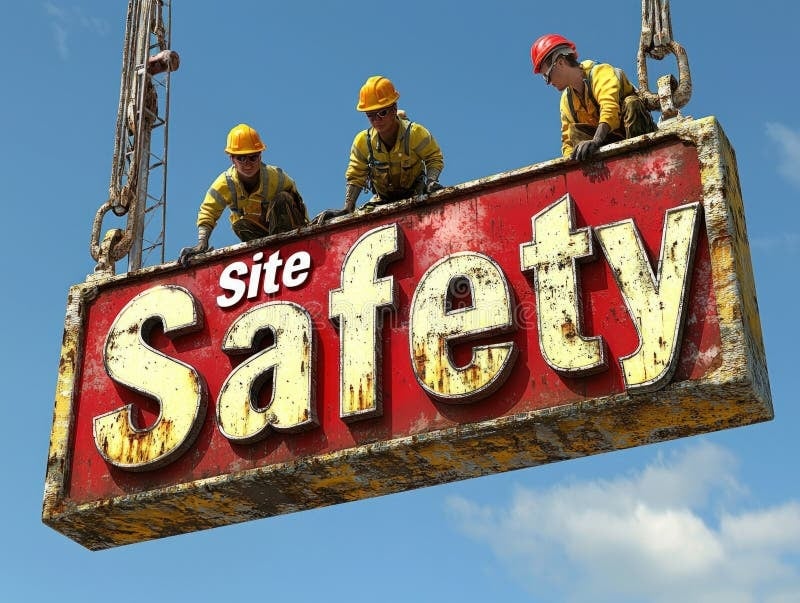
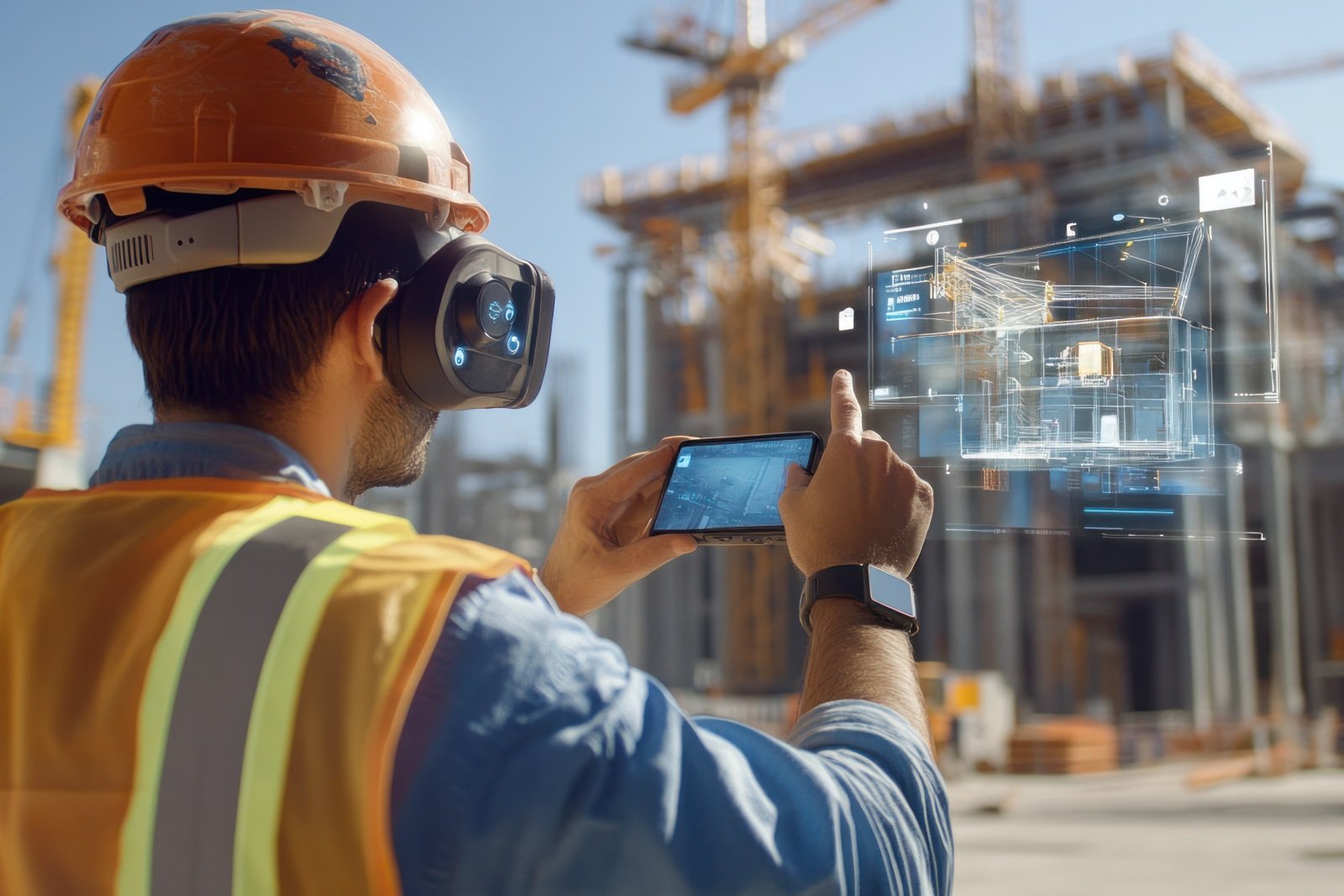
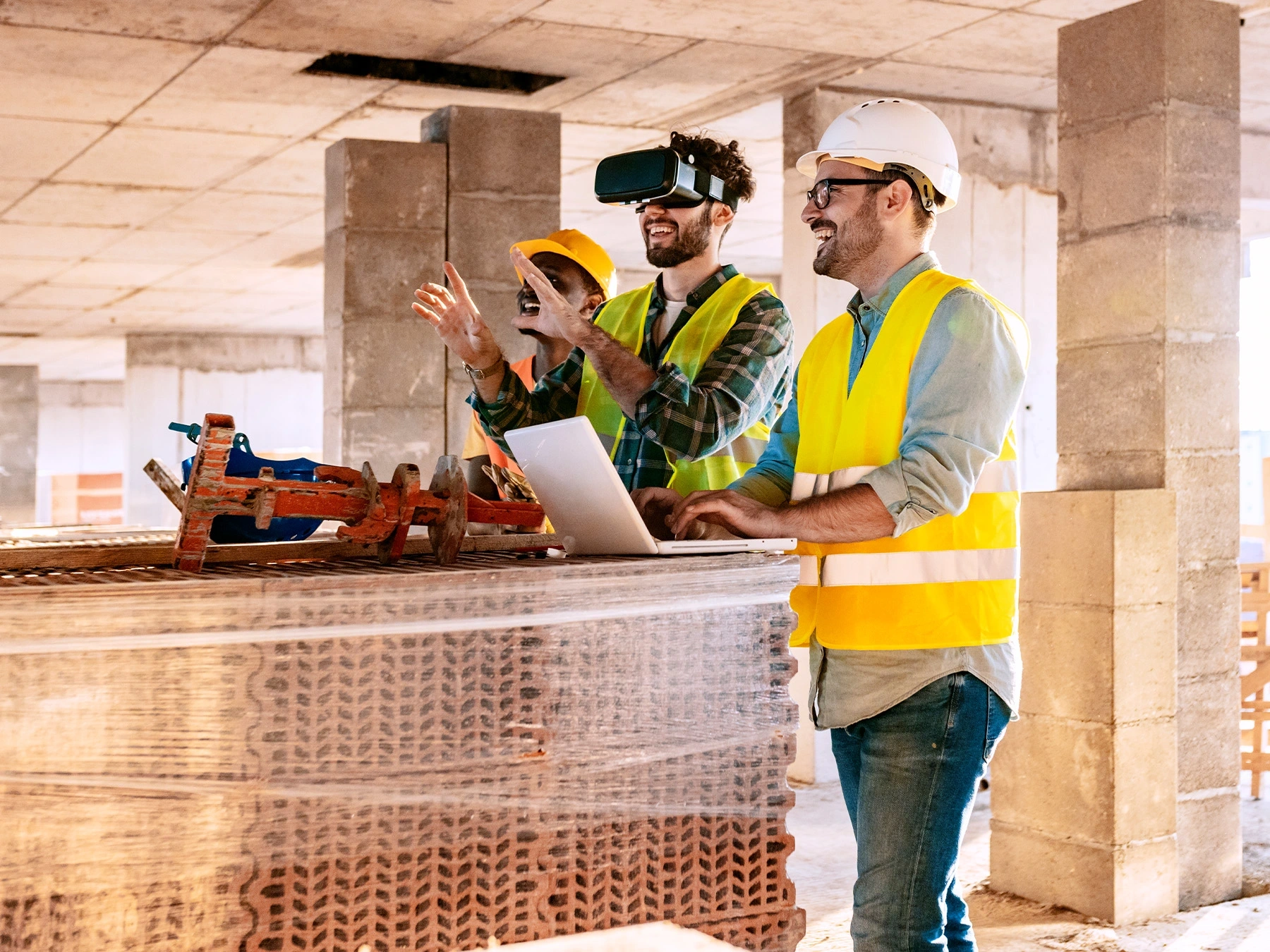
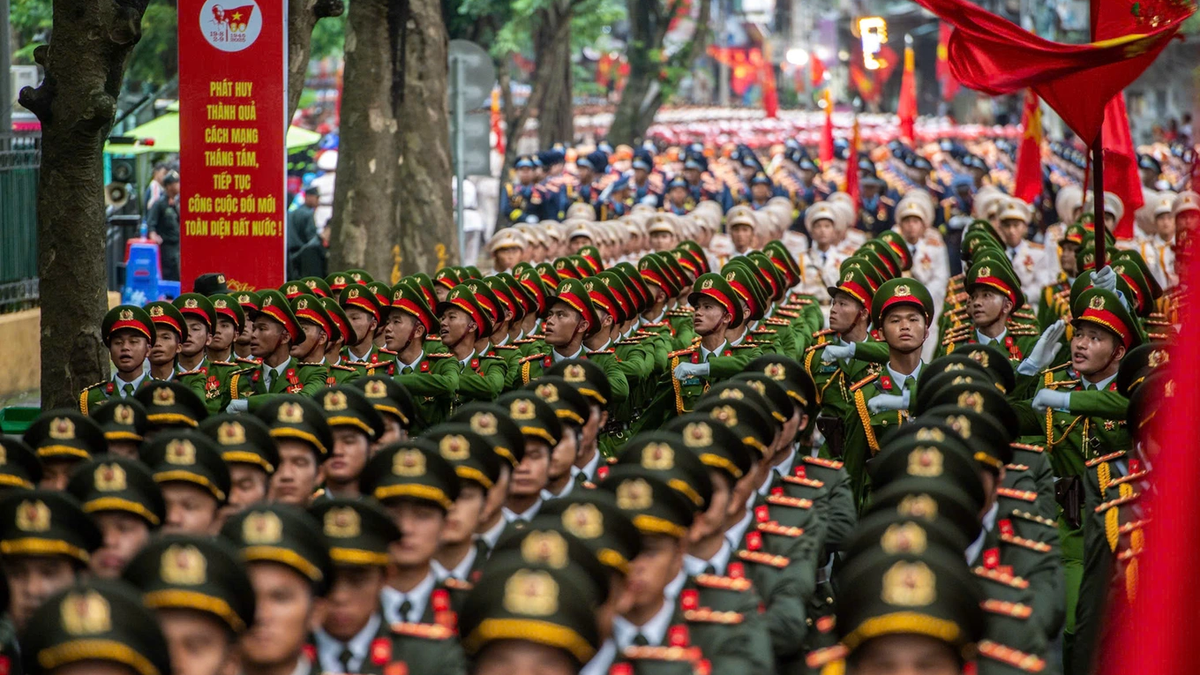
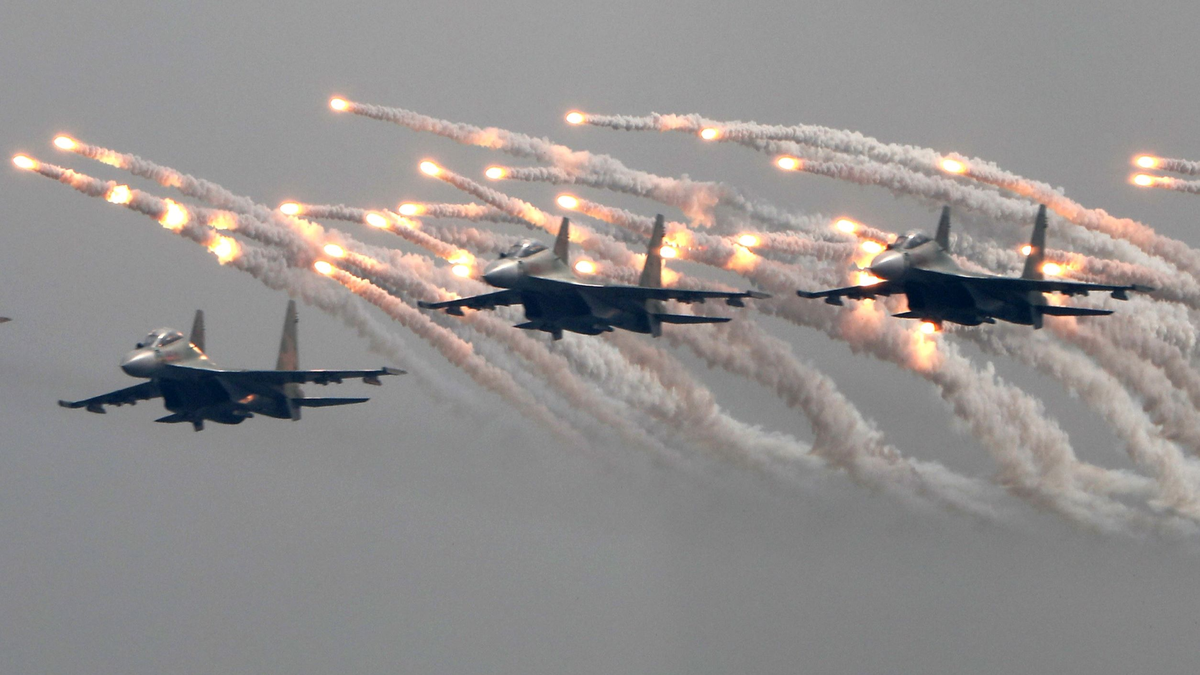
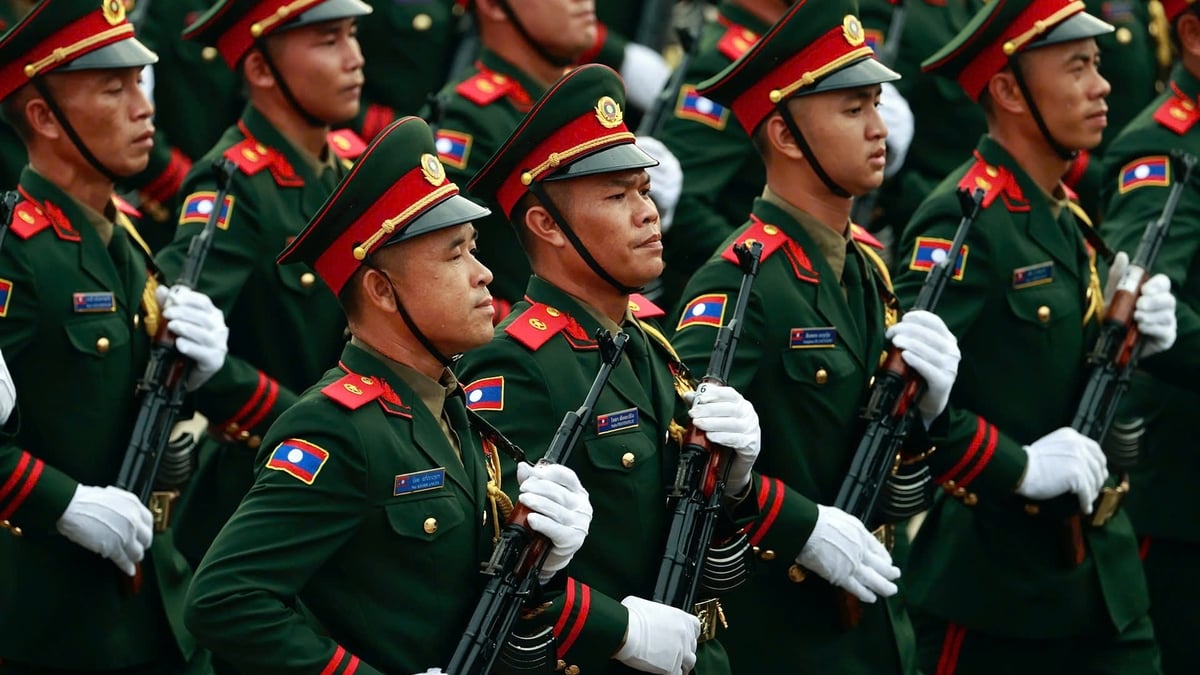
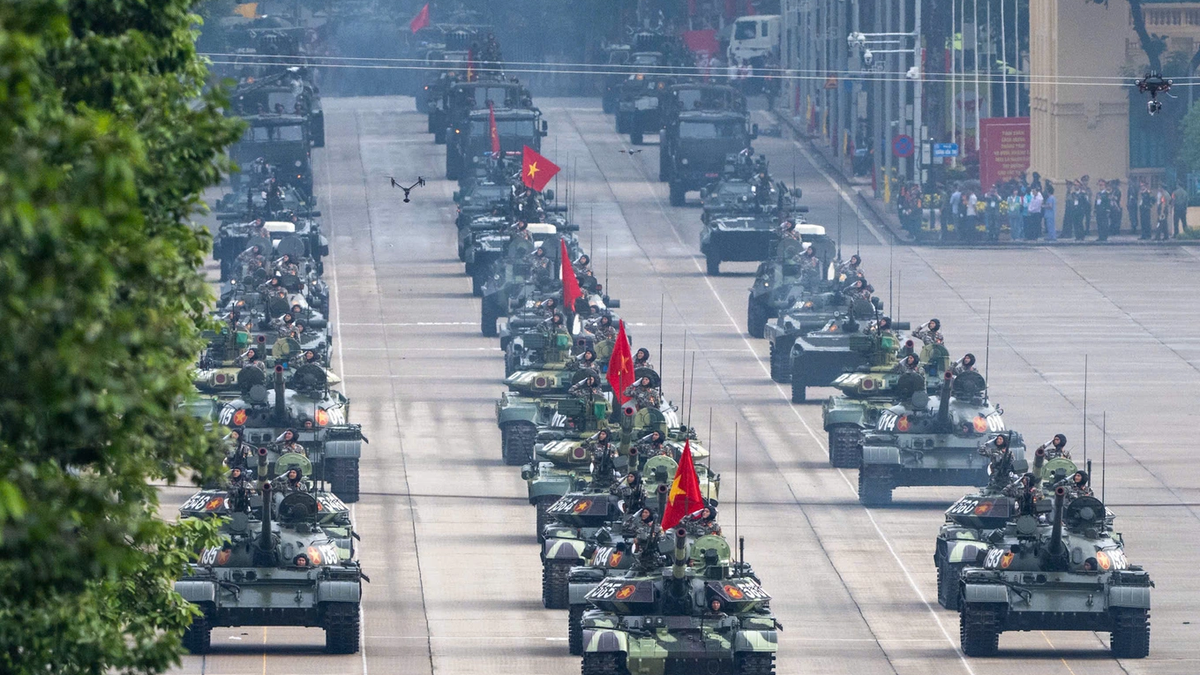

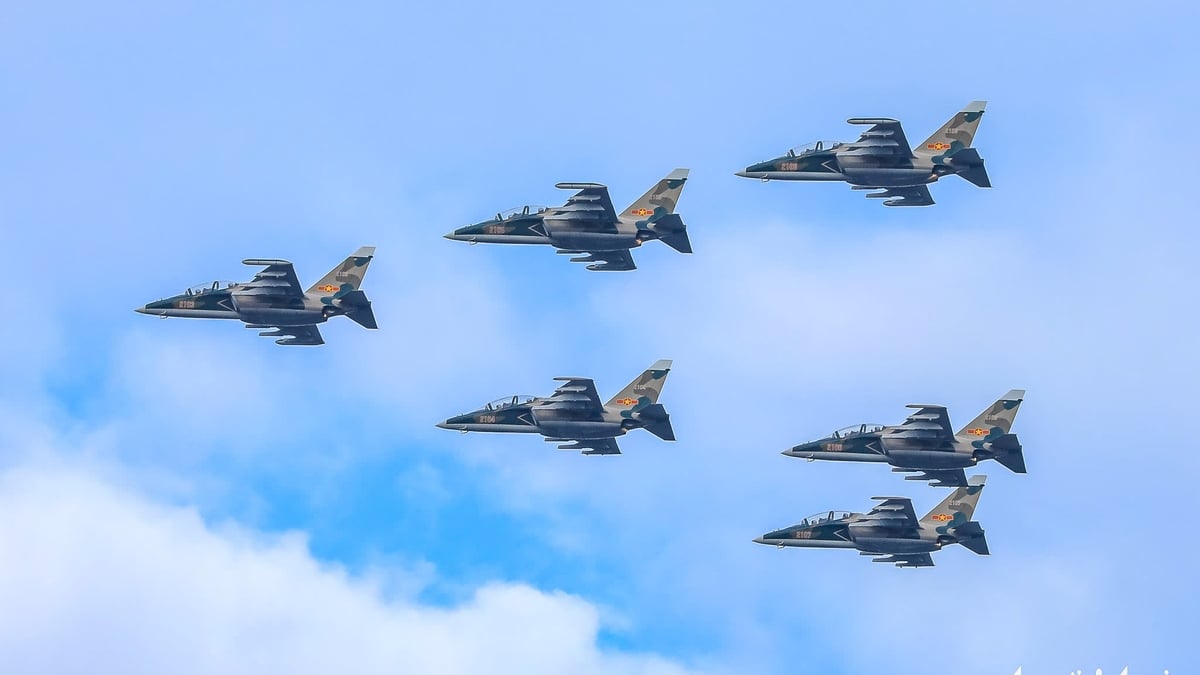
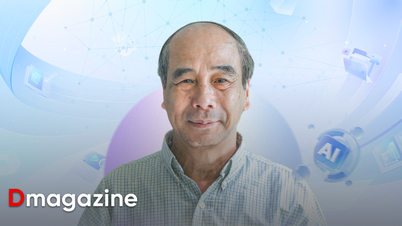


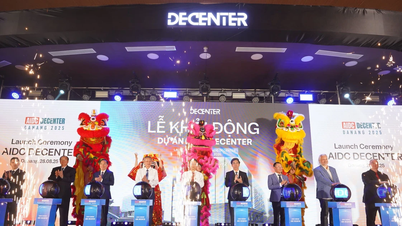

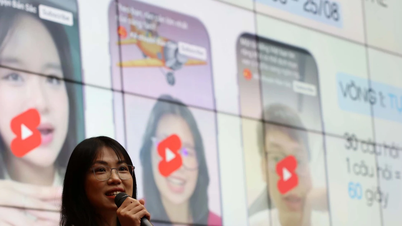








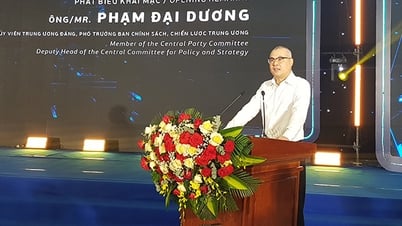





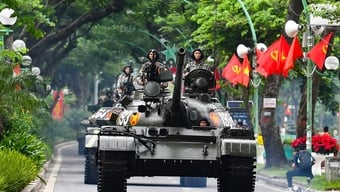


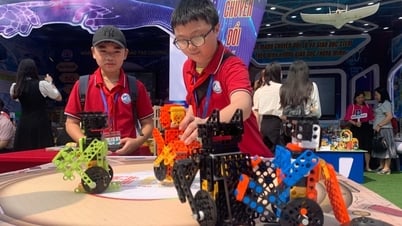




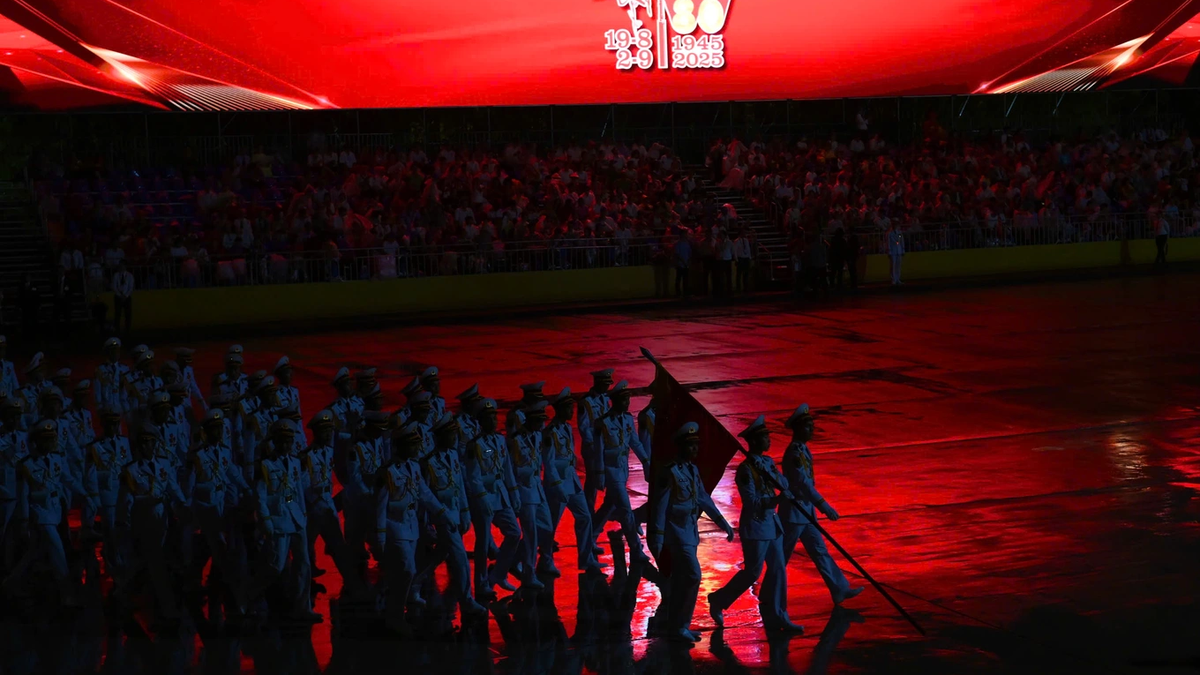
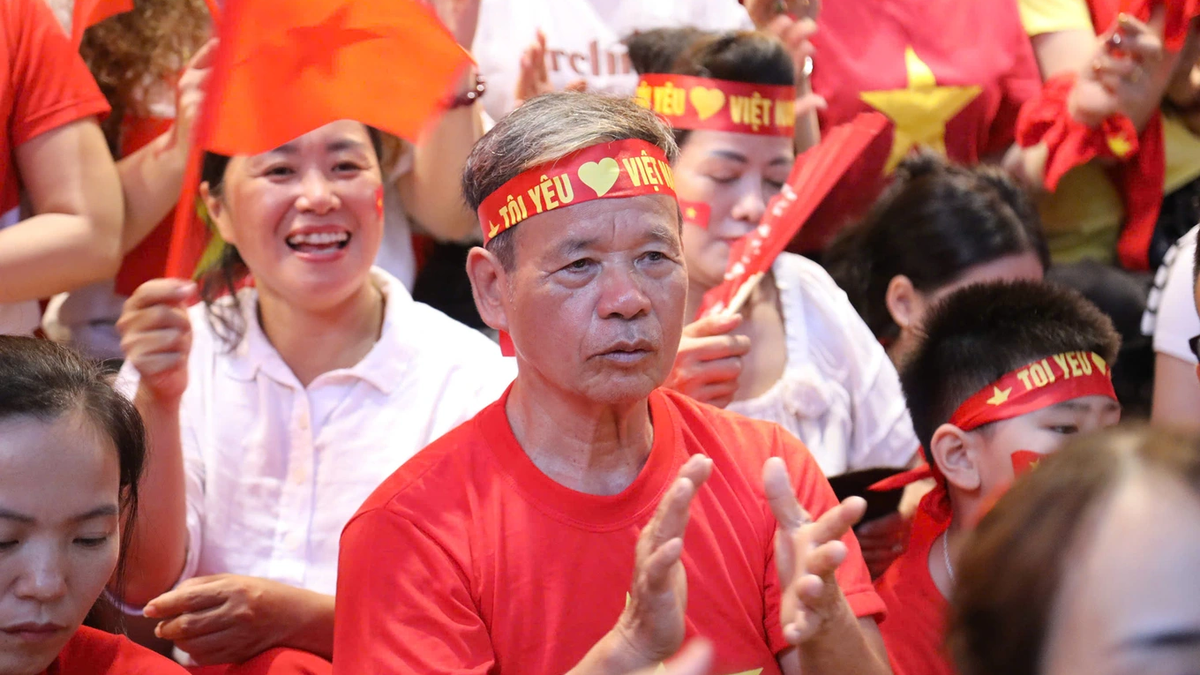
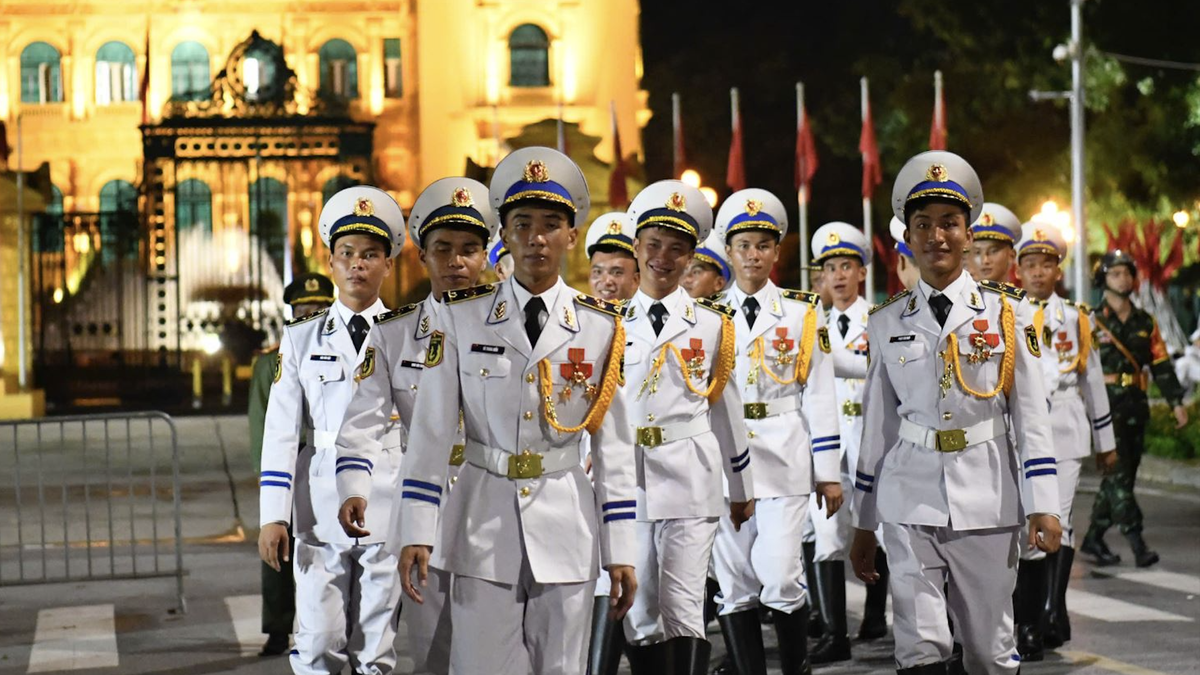
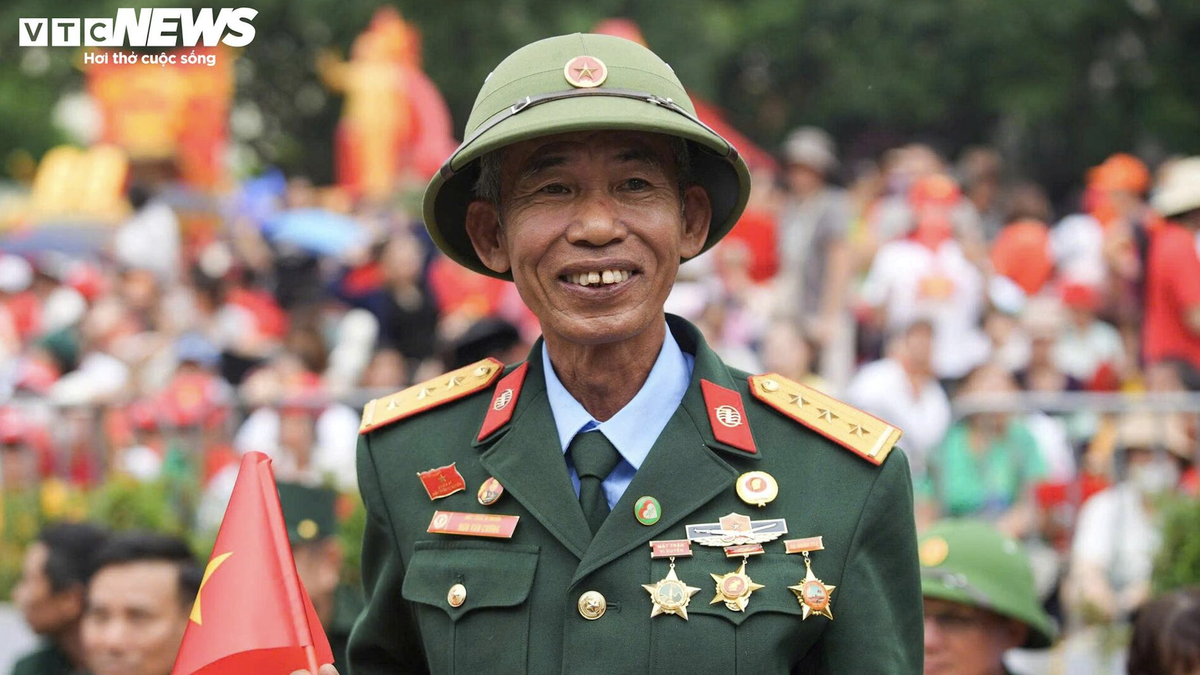
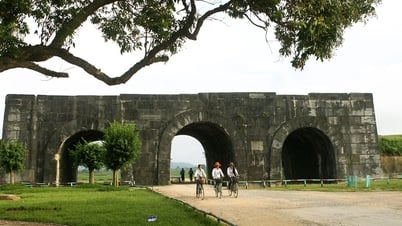
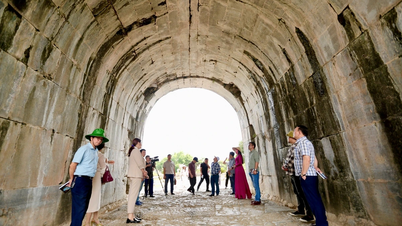

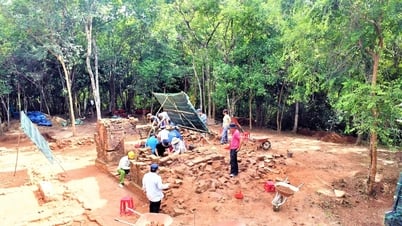



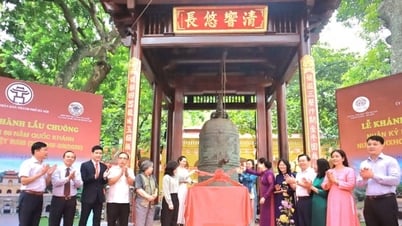



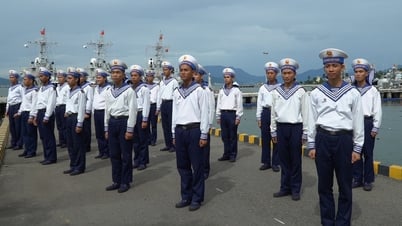




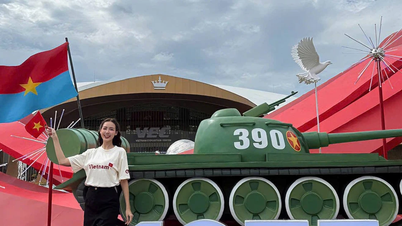
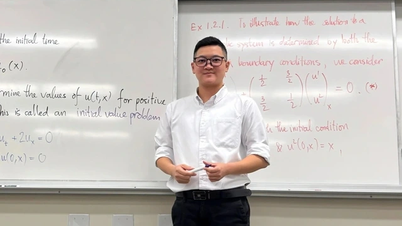
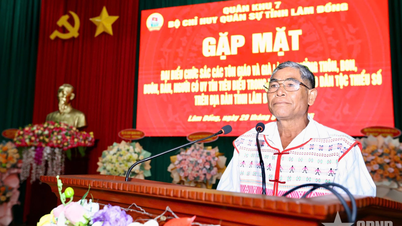



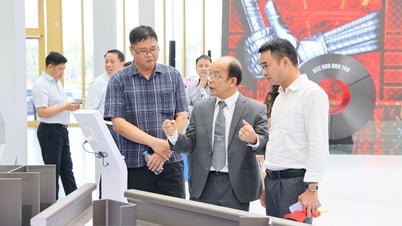
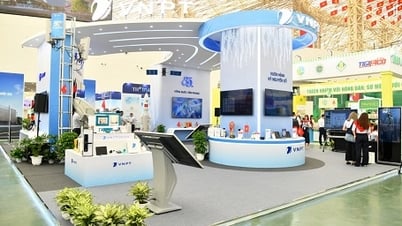
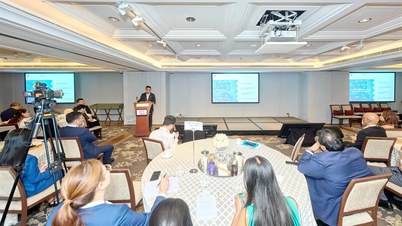
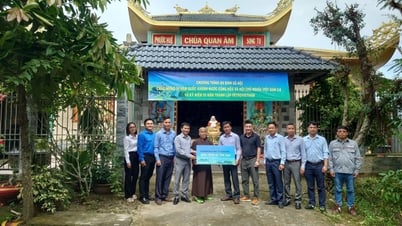
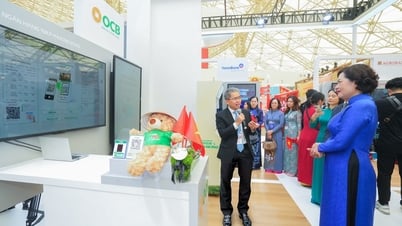


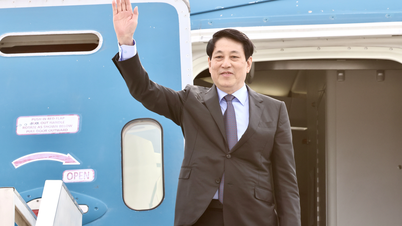
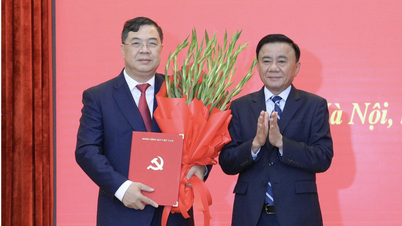
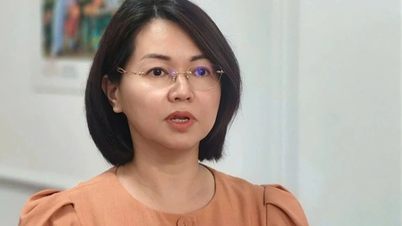



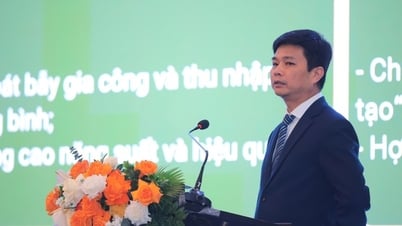


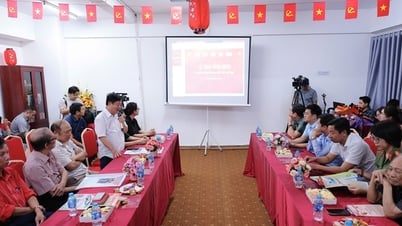










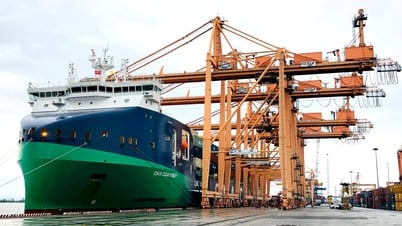



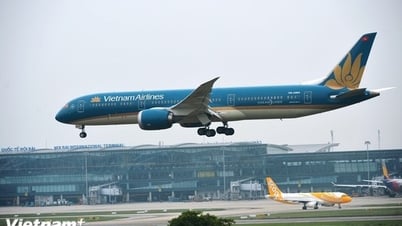
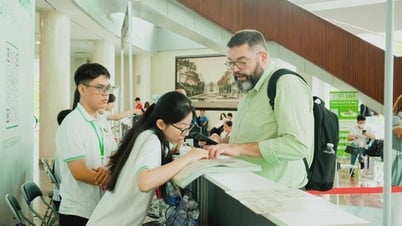




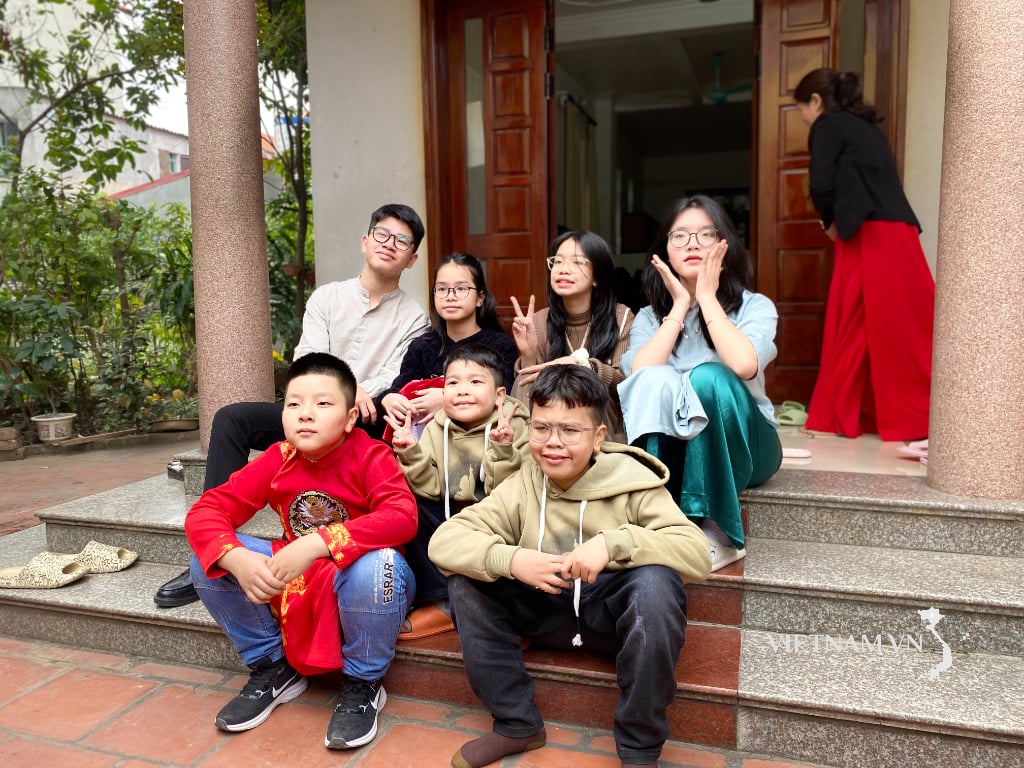

Comment (0)